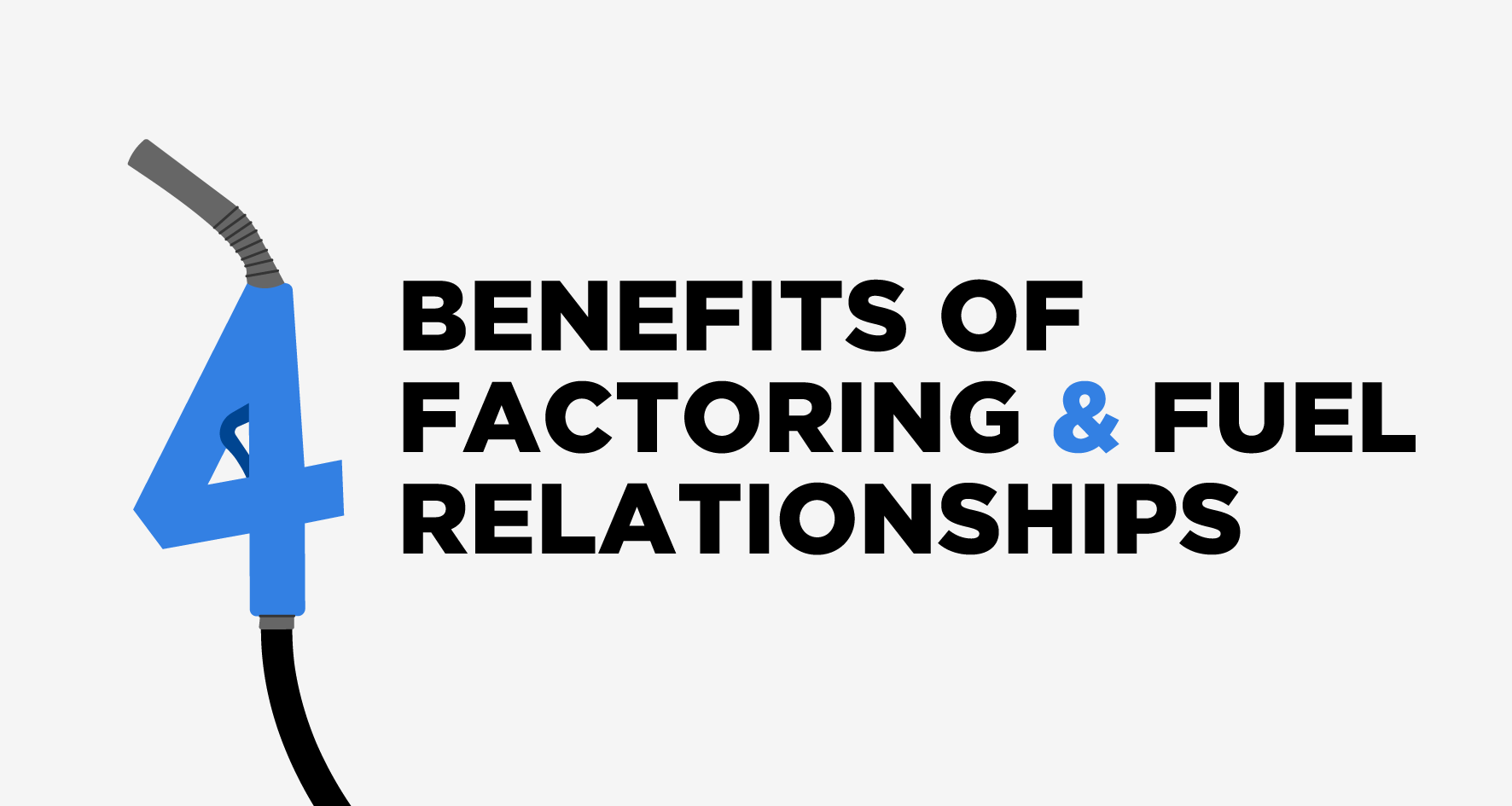Running a successful trucking fleet requires more than just managing drivers and routes—it demands consistent cash flow. With fuel costs accounting for a large portion of operating expenses, many fleet owners turn to financial tools to bridge the gap between delivering loads and getting paid. Two popular options are fuel factoring and traditional financing. But which is the better choice for your fleet?
In this comprehensive guide, we compare fuel factoring and traditional financing side by side. We’ll look at how each works, their advantages and disadvantages, and which option offers the best value based on your fleet's unique needs.
What Is Fuel Factoring?
Fuel factoring is a type of freight factoring that provides trucking fleets with immediate cash for unpaid freight invoices. Factoring companies advance a high percentage (usually 90-97%) of the invoice amount within 24 hours. The remaining balance is paid once the broker or shipper settles the invoice—minus a small factoring fee.
Many factoring companies also offer fuel cards, giving truckers access to discounts on diesel and the ability to pay for fuel directly using the cash advance.
How Fuel Factoring Works:
- Complete a load and receive the rate confirmation and bill of lading.
- Submit your invoice and documents to the factoring company.
- Receive a cash advance—often within the same day.
- Use your funds (or fuel card) to cover expenses like fuel, maintenance, or payroll.
- Once the client pays the invoice, you receive the remaining balance.
What Is Traditional Financing?
Traditional financing includes loans, lines of credit, and business credit cards from banks or financial institutions. These options provide access to a lump sum of capital or revolving credit that you pay back with interest over time.
Unlike factoring, traditional financing does not require submitting invoices. Instead, approval depends on your credit score, financial history, and sometimes collateral.
Common Types of Traditional Financing:
- Business Loans – One-time lump sum with fixed or variable interest.
- Lines of Credit – Flexible access to cash as needed.
- Equipment Loans – Designed for purchasing or leasing fleet vehicles or tools.
- SBA Loans – Government-backed loans with favorable terms.
Advantages of Fuel Factoring
1. Immediate Cash Flow
Fuel factoring ensures you don’t have to wait 30-90 days for client payments. You get paid upfront, keeping operations smooth and trucks on the road.
2. Easy Qualification
Your ability to factor is based on your customer’s credit—not your own. This is especially helpful for new trucking companies or those with less-than-perfect credit.
3. Fuel Discounts and Cards
Fuel cards offered by factoring providers often include discounts of 10¢ to 40¢ per gallon, which can significantly reduce operating costs.
4. No Added Debt
Factoring isn’t a loan. It’s a cash advance based on money you’ve already earned. This means no monthly repayments or interest buildup.
Disadvantages of Fuel Factoring
- Fees: Typically 1% to 5% per invoice, which adds up depending on volume.
- Invoice Dependency: You must consistently generate invoices to continue accessing funds.
- Client Interaction: Some clients may prefer paying you directly, not a third party.
Advantages of Traditional Financing
1. Lump Sum or Revolving Credit
You get a larger amount upfront (in loans) or a reusable pool of capital (in lines of credit), useful for purchasing new trucks, expanding your fleet, or hiring staff.
2. Longer Repayment Terms
Loans often have multi-year repayment periods, giving you time to pay off capital expenses.
3. Broader Use of Funds
No need to link funding to specific invoices—spend it however you want.
Disadvantages of Traditional Financing
- Slower Approval: Getting approved for a loan or line of credit can take days or weeks.
- Credit and Collateral Requirements: You’ll need a strong credit profile and sometimes personal guarantees or business assets as collateral.
- Debt Risk: Loans must be paid back on time, with interest, regardless of your current cash flow.
When to Choose Fuel Factoring
Fuel factoring is a smart choice if:
- You need cash immediately to pay for fuel, tolls, or driver wages.
- Your clients take 30+ days to pay, hurting your cash flow.
- You’re a new business or have a low credit score.
- You want built-in fuel discounts to cut costs.
When to Choose Traditional Financing
Traditional financing is better suited if:
- You’re planning to expand operations, buy equipment, or make long-term investments.
- You have strong credit and can qualify for favorable interest rates.
- You don’t want to rely on factoring invoices or interact with third parties.
- Your cash flow is steady and can support monthly repayments.
Can You Use Both?
Yes! Many trucking fleets use both fuel factoring and traditional financing for different needs. Use factoring to stabilize short-term cash flow and traditional financing to fund long-term business growth.
Final Thoughts
Choosing between fuel factoring and traditional financing depends on your fleet's financial structure, growth stage, and immediate needs. If fast access to working capital is your top priority, fuel factoring offers convenience, speed, and flexibility. On the other hand, if you're preparing for long-term investments and have strong credit, traditional financing might be the better route.
Whatever option you choose, remember that maintaining healthy cash flow is critical to your fleet's success. Carefully assess your goals, review provider terms, and don't hesitate to combine both tools for maximum financial flexibility.
